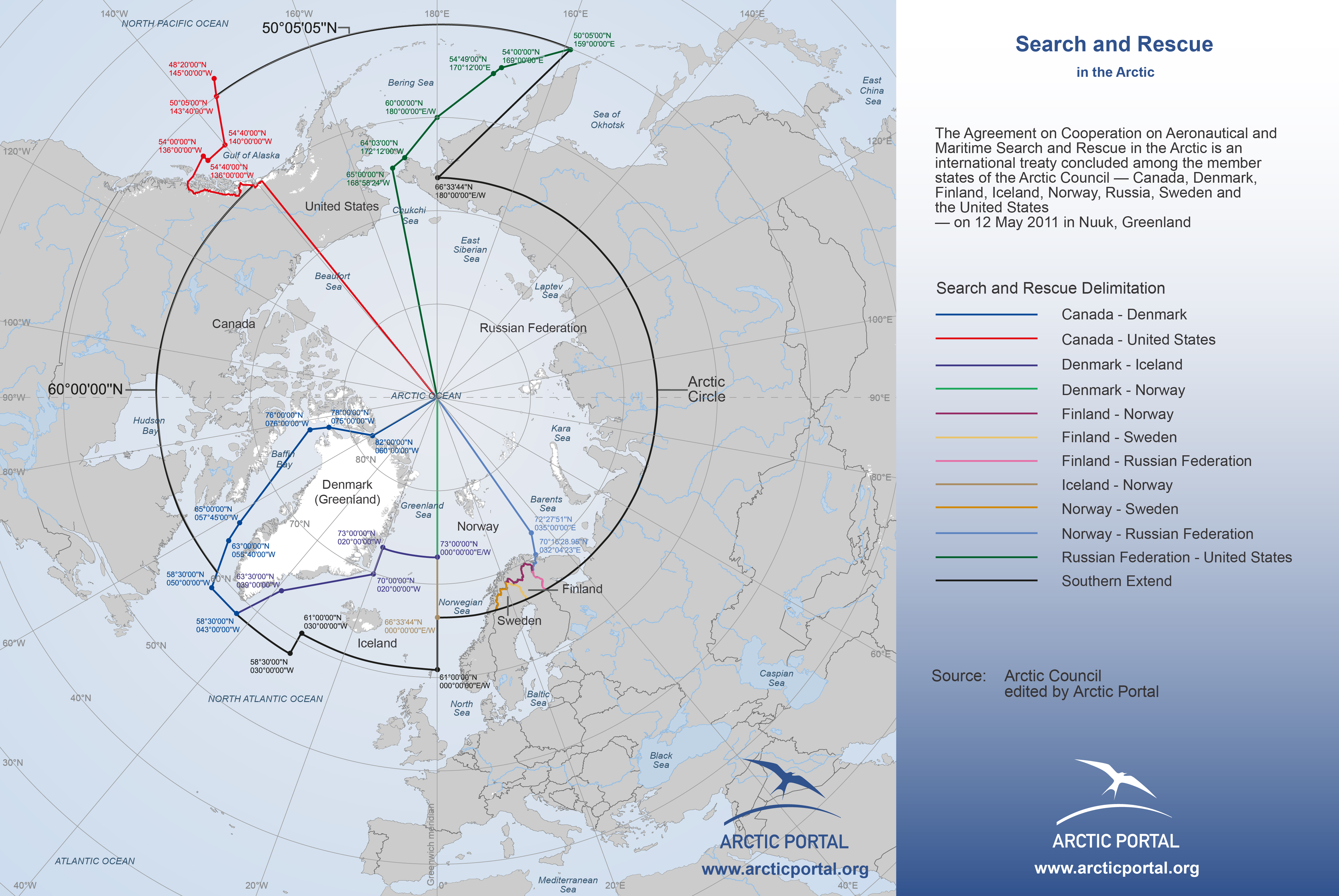Secretary of the Air Force Barbara Barrettunveiled the new, comprehensiveDepartment of the Air Force Arctic Strategy, July 21.
The strategy outlines the Department’s unique regional role and efforts to optimize Air and Space Force capabilities throughout the region in support of the National Defense Strategy.
“The Arctic is among the most strategically significant regions of the world today – the keystone from which the U.S. Air and Space Forces exercise vigilance,” Barrett said. “This Arctic Strategy recognizes the immense geostrategic consequence of the region and its critical role for protecting the homeland and projecting global power.”
News as published by the Secretary of the Air Force Public Affairs on Arctic Strategy.
The strategy outlines four coordinated lines of effort that Air and Space Forces will use to enhance vigilance, reach and power to the nation’s whole-of-government approach in the Arctic region:
- Vigilance in all domains
- Projecting power through a combat-credible force
- Cooperation with allies and partners
- Preparation for Arctic operations
Vigilance in all domains: The number one Department of Defense priority is homeland defense. Air and Space Forces contribute to this priority by monitoring potential threats across all warfighting domains, including air, space and cyberspace.
When it comes to the Arctic, U.S. Air and Space Forces are responsible for the majority of Department of Defense missions in the region, including the regional architecture for detecting, tracking, and engaging air and missile threats. Space Professionals in the region are responsible for critical nodes of the satellite control network that deliver space capabilities to joint and coalition partners, as well as the U.S. national command authority.
“Integrating space capabilities into joint operations fuels the joint force’s ability to project power anywhere on the planet, any time,” said Chief of Space Operations Gen. Jay Raymond. “The Arctic is no different. Spacepower is essential to Arctic operations, allowing us to see with clarity, navigate with accuracy, and communicate across vast distances.”
Projecting power through a combat-credible force: Protecting America’s interests in the homeland and abroad entails more than a vigilant defensive posture. Joint Base Elmendorf-Richardson and Eielson Air Force Base, Alaska, present combat capability with fifth-generation fighters as well as mobility and refueling aircraft. The Air Force provides the capability to reach remote northern locations via the New York Air National Guard’s 109th Airlift Wing which operates ski-equipped LC-130s that can land on ice.
“Our unique positioning in locations like Alaska, Canada and Greenland are integrated with multi-domain combat power,” said Air Force Chief of Staff Gen. David L. Goldfein. “These locations harness powerful capabilities, and their unwavering vigilance to protecting the homeland represents a strategic benefit that extends well beyond the region itself.”
Cooperation with allies and partners: Alliances and partnerships are key in the Arctic, where no one nation has sufficient infrastructure or capacity to operate alone. Interoperability is especially critical in the Arctic due to the terrains, limited access, and low density of domain awareness assets. Many regional allies and partners have dedicated decades of focus to the Arctic, developing concepts, tactics and techniques from which the joint force can greatly benefit. Indigenous communities possess millennia of knowledge about the Arctic domain passed down through generations. Working with indigenous communities helps Air and Space Forces understand the Arctic environment, enriches training and exercises, and ensures recognition of their contributions to Department of the Air Force activities.
“Strong relationships with regional allies and partners, including at the local level, are a key strategic advantage for the U.S. in the Arctic,” Barrett said. “U.S. Air and Space Forces are focused on expanding interoperability with peers that value peaceful access in the region, and we appreciate our local hosts that have welcomed Department of the Air Force installations, Airmen and Space Professionals as part of their communities for decades.”
Preparation for Arctic operations: The Arctic’s austerity requires specialized training and acclimation by both personnel and materiel. The ability to survive and operate in extreme cold weather is imperative for contingency response or combat power generation.
“Spanning the first airplane flights in Alaska in 1913 to today’s fifth-generation aircraft and sophisticated space monitoring systems operating in the region, the Arctic has consistently remained a location of strategic importance to the United States,” Barrett said. “While the often harsh weather and terrain there call for appropriate preparations and training, Airmen and Space Professionals remain ready to bring the nation’s Arctic air and space assets to bear to support the National Defense Strategy and protect the U.S. homeland.”
Source: US Air Force

